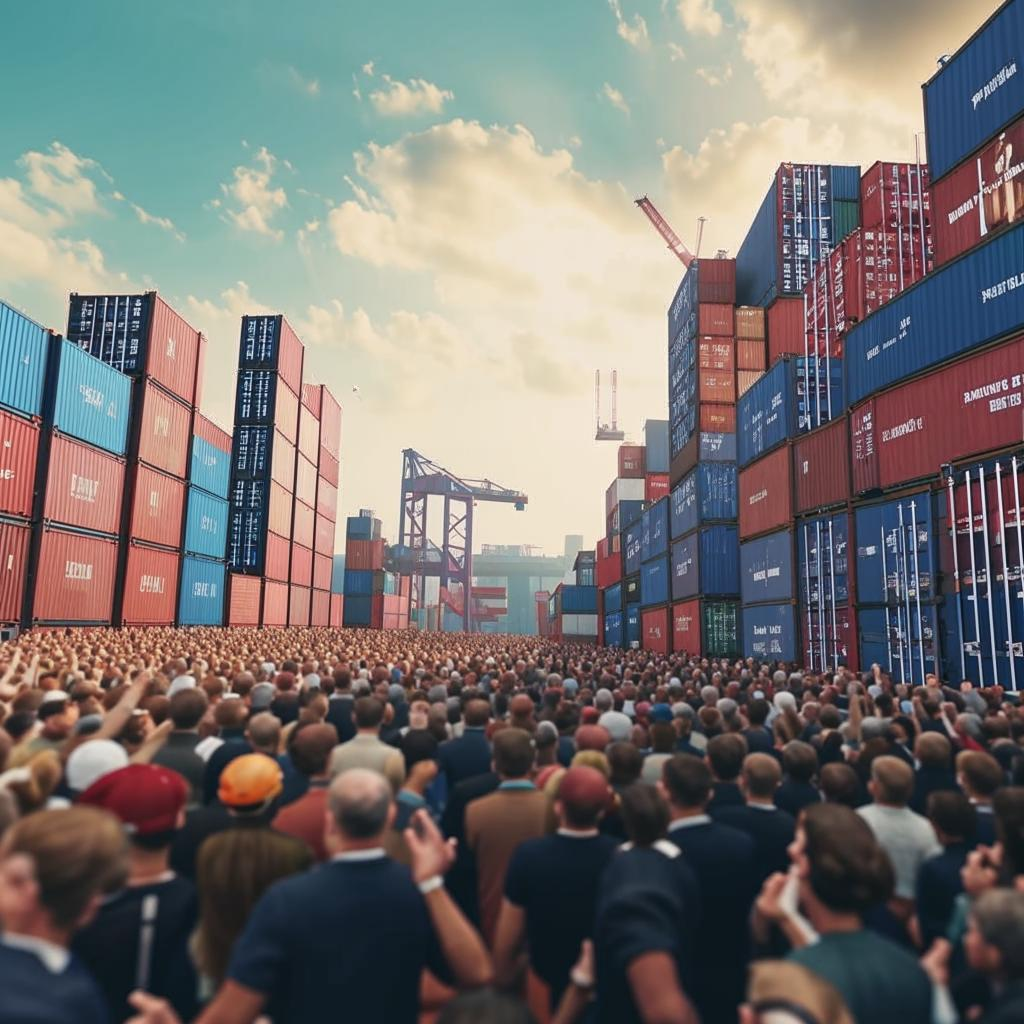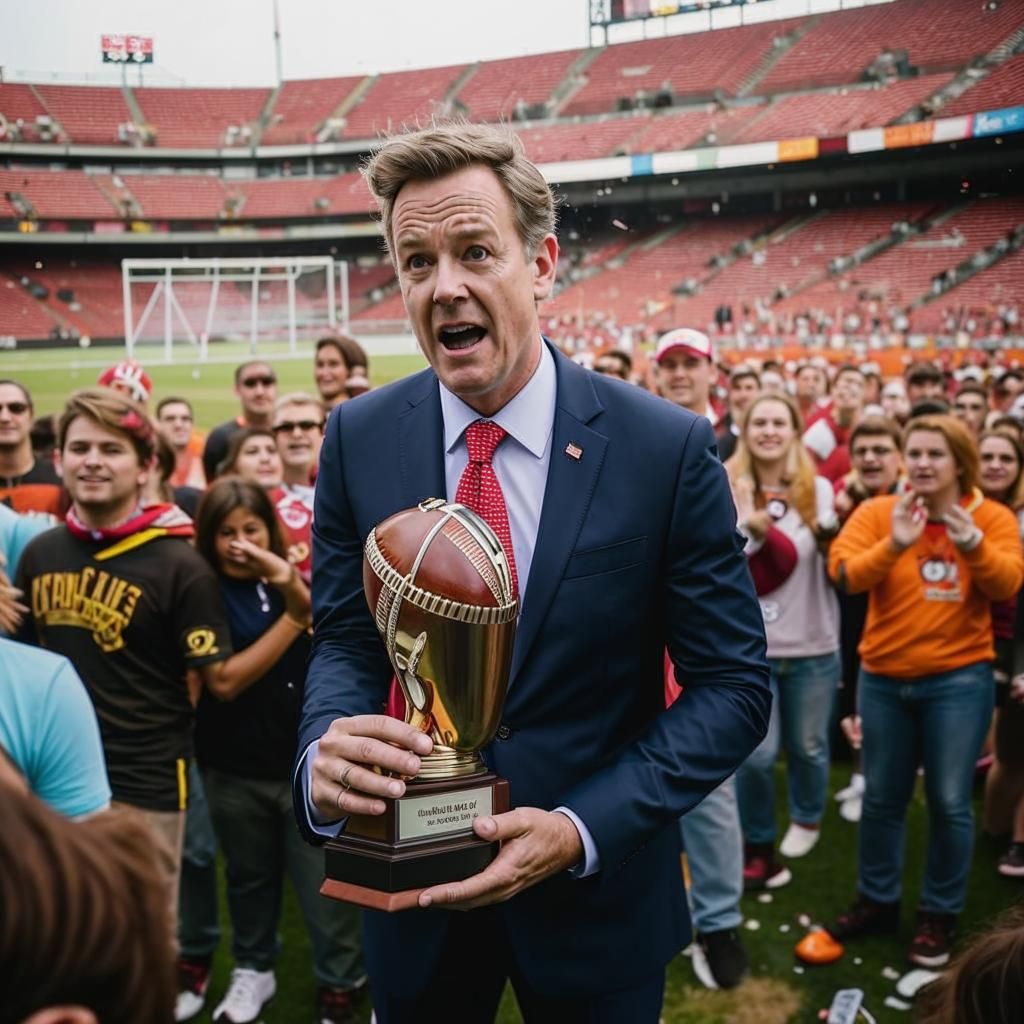Donald Trump’s unwavering commitment to tariffs faces increasing scrutiny as it clashes with promises made during his campaign. The tariffs, intended to revitalize American manufacturing and level the playing field in international trade, are now caught in a complex web of economic realities.
Initially, Trump positioned tariffs as a tool to pressure countries like China into fairer trade practices. He argued that these measures would bring jobs back to the United States and reduce the trade deficit. However, the effects have been mixed, and some argue the tariffs are hurting the very people they were intended to help.
Farmers, a key voting bloc for Trump, have been particularly impacted. Retaliatory tariffs from other countries on American agricultural products have led to decreased exports and financial hardship. The administration has offered aid packages to farmers, but these measures have been criticized as a temporary fix to a larger structural problem.
Moreover, businesses are grappling with higher costs for imported goods, which are often passed on to consumers. This has led to concerns about inflation and its impact on the overall economy. Some economists argue that the tariffs are acting as a tax on American consumers, undermining the benefits of other economic policies.
The political implications are significant. Trump’s base, while still largely supportive, is becoming increasingly divided on the issue. Democrats are seizing on the economic pain caused by the tariffs to criticize Trump’s trade policies. As the 2020 election approaches, the tariff debate is likely to intensify, forcing Trump to navigate a delicate balance between fulfilling campaign promises and mitigating the economic fallout. He will need to find a way to demonstrate that his trade policies are ultimately beneficial to American workers and businesses, or risk alienating key supporters and jeopardizing his chances of re-election.














